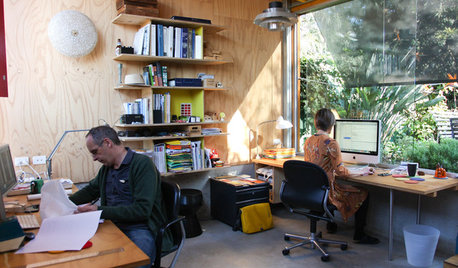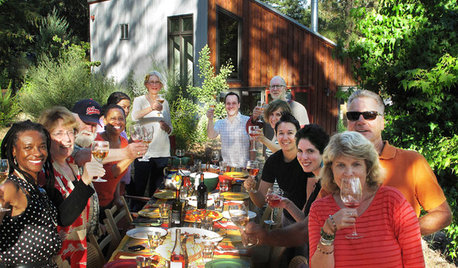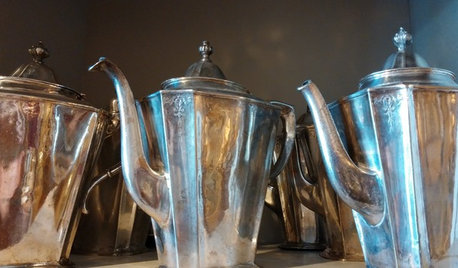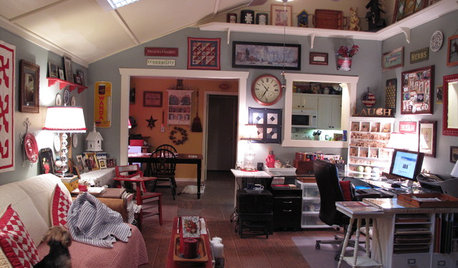OK, another BSF thread....
petalpatsy
15 years ago
Related Stories

BEDROOMSHow to Choose the Perfect Bedsheets
Don't lose any shut-eye over scratchy or ill-fitting sheets; our mini guide to materials, thread count and fit will help you sleep tight
Full Story
DECLUTTERINGDecluttering — Don't Let Fear Hold You Back
Sure, you might make a mistake when tackling a decluttering project, but that's OK. Here's why
Full Story
WORKING WITH PROSHow to Hire the Right Architect: Comparing Fees
Learn common fee structures architects use and why you might choose one over another
Full Story
KITCHEN DESIGNWonderful Wood Countertops for Kitchen and Bath
Yes, you can enjoy beautifully warm wood counters near water sans worry (almost), with the right type of wood and sealer
Full Story
STUDIOS AND WORKSHOPSCreative Houzz Users Share Their ‘She Sheds’
Much thought, creativity and love goes into creating small places of your own
Full Story
HOME OFFICESWorld of Design: 11 International Architects in Their Home Offices
Thinking about relocating your office to your home? From Sydney to Copenhagen, these architects share their insider knowledge
Full Story
TRAVEL BY DESIGNCome Away to Northern California Wine Country
The rolling hills and valleys of Napa and Sonoma inspire relaxed interiors and spending time outdoors in these 12 homes
Full Story
TRADITIONAL STYLEDecorating With Antiques: Silver’s Legacy
Learn how to tell sterling from plate, ways to display pieces and why silver is so darn special to begin with
Full Story
DECORATING GUIDESTextile Textbook: Vintage Fabrics Tell a Story
We share a dozen ways to honor the past with heirloom textiles
Full StoryMore Discussions








joepyeweed
Kimmsr
Related Professionals
Manhattan Beach Landscape Architects & Landscape Designers · Salisbury Landscape Architects & Landscape Designers · Walnut Landscape Architects & Landscape Designers · Euclid Landscape Contractors · Hampton Bays Landscape Contractors · La Mirada Landscape Contractors · Monterey Landscape Contractors · Tacoma Landscape Contractors · Westford Landscape Contractors · Vadnais Heights Landscape Contractors · Bensenville Landscape Contractors · Clemmons Decks, Patios & Outdoor Enclosures · Glendale Decks, Patios & Outdoor Enclosures · New Lenox Decks, Patios & Outdoor Enclosures · Portage Decks, Patios & Outdoor Enclosuresjoepyeweed
Kimmsr
joepyeweed